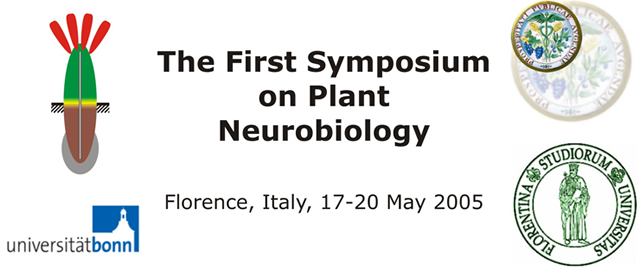|
Myosin VIII, actin and tubulin in the development of symbiotic contacts by actinorhizal and
rhizobial root nodules |
| |
|
K.N. Demchenko1,*, N.P. Demchenko11, K.
Pawlowski2 |
1 Komarov Botanical Institute, Russian Academy of Sciences, St.-Petersburg, Russian
Federation
2 Albrecht von Haller Institute for Plant Sciences, Plant Biochemistry, University
of Göttingen, Göttingen, Germany |
| *email:
sardonio@yandex.ru
|
| |
|
Two groups of plants can enter root nodule
symbioses with nitrogen-fixing soil bacteria. Gram-negative, unicellular rhizobia induce nodules on legume
roots, while Gram-positive mycelial actinomycetes of the genus Frankia induce nodules on the roots of
plants from eight angiosperm families, mostly woody shrubs, collectively called actinorhizal plants. Based on
molecular phylogenetic studies, both types of root nodule symbioses are supposed to go back to a common
ancestor. We compared infection thread growth in actinorhizal and legume nodules by immunolocalization of
components of the cytoskeleton. We used myosin VIII-specific antibodies and antibodies against actin and
tubulin to analyse the intracellular accommodation of microsymbionts in legume (Medicago truncatula,
pea) and actinorhizal symbioses (Casuarina glauca, Datisca glomerata) on light microscopy
and TEM level. Myosin VIII accumulated around infection threads in actinorhizal systems, but not around legume
infection threads. This study was supported by the Russian Foundation for Basic Research (04-04-48282) and by
the German Research Council. |

